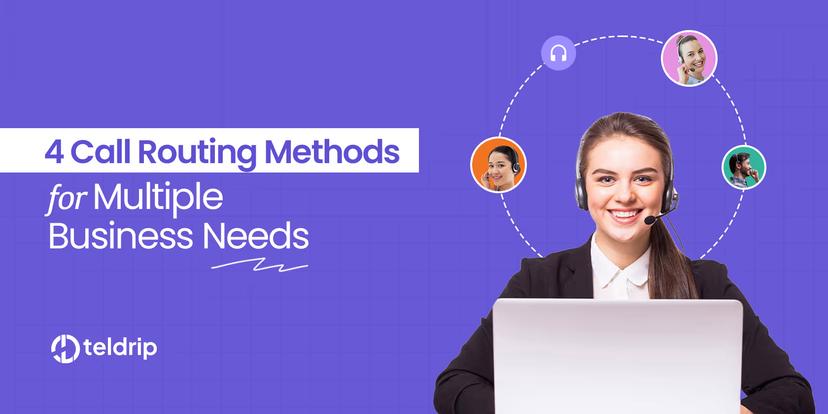What is a Drip Campaign? What are the Benefits of Drip Campaigns?

Drip campaigns are a series of messages or emails that users receive to take particular actions on platforms like websites. These messages are automated. Hence, within a set time duration and on specific days, they are sent to users. Such mails are indicative of their purpose. Thus, they guide recipients in performing certain actions. These actions, when performed, result in a number of benefits for brands, enterprises, or businesses. Some of these include targeting the right users, aiming at conversions, focusing on growing sales, and generating growth for brands. Consistently using this approach can reward them with more advantages in the long term.
What is a Drip Campaign?
It is simple to understand a drip campaign as a strategy for email marketing. It involves automatically sending a series of emails, pre-written for encouraging receivers to take certain actions. Note that these actions are performed on applications or websites.
-
Note that this strategy is also called a drip email sequence.
-
It is additionally known as a drip marketing campaign, nurture campaign, or automated email campaign.
-
At times, it is termed a behavioral email campaign when a user's action triggers it.
How Does a Drip Campaign Work?
In general, drip campaigns work through a series of emails. These emails intend to encourage customers or users to perform specific actions in relation to the services or products of a business. For the same, it requires the content to be engaging, relevant, and value-driven. It invites users' trust in that business for completing their requirements.
-
This strategy enables brands to form relationships with prospects.
-
To build them, it facilitates creating relevant and valuable content within a time period.
-
Such content aims to positively influence the journey of buyers.
-
Moreover, this information positions brands as authoritative in their respective niches.
-
Thus, they become the core resources to fulfill the requirements of customers.
Keep in mind that drip email campaigns can work for increasing the sales of specific commodities. However, at times, they can focus on birthday wishes, welcome messages, or notifications.
Why should You Use Drip Campaigns?
Businesses or enterprises should use drip campaigns to increase their sales. They can help in converting visitors into customers. As these customers make recurring purchases, they add to the sale of goods or services. Through such campaigns, it is additionally possible to re-engage an inactive set of buyers.
-
A business can also use drip marketing to communicate the value of its commodities.
-
It is useful for establishing strong terms with customers.
How to Get Started with Drip Email Campaigns?
To get started with drip email campaigns, a business or brand should know its objectives. Additionally, it should be aware of the consumers to target. In accordance with these, email sequences, the information to carry, and other aspects should be planned.
-
A brand can use drip campaigns by outlining its goals like generating leads, increasing sales, etc.
-
Then it should determine its target audience to share content with.
-
Identify the actions that will trigger the drip email sequence. These can include signing up on websites, abandoning online shopping carts, and others.
-
Then plan how many emails the campaign should have.
-
Decide the content to place in every message and the duration of sending each.
-
Ensure to personalize all the messages to focus on buyers' requirements.
-
Include clear guidance to help them take the necessary actions.
-
Identify a platform or software to automatically send these emails.
-
Consider testing the emails, regularly monitor them, and optimize campaigns as required.
What are the Benefits of Drip Marketing Campaigns?
Targeting and engaging customers are among the main benefits of drip campaigns. Since they involve sending multiple mails, aiming at both goals becomes possible. As engagement receives a boost, users are more likely to turn into customers and contribute to business sales.
-
Another advantage of drip marketing campaigns is improved relationships with customers.
-
Thus, the series of emails is effective in retaining consumers and making them loyal.
-
As a result, they can successfully decrease the churn rate.
-
They are beneficial in fueling the interest of inactive buyers in the offerings of a brand.
Advantages for New Ventures or Startups
For startups or businesses that are new to industries, drip campaigns serve the major advantage of identifying the right audience. For certain ventures, it is challenging to find prospective leads, create business awareness, and sell their commodities/services. Automated email campaigns can give them one of the ways to steer through these challenges.
-
Hence, with a drip campaign, a new brand can determine the right audience for its products.
-
Using this approach, such a brand can fulfill the goal of lead generation.
-
It can build awareness in the market regarding its offerings.
-
Consequently, users can identify the value associated with these products/services.
-
They can strengthen their purchase decisions and invest in that brand.
Thus, for startups, drip email sequences are equivalent to essential tactics for growth. They can contribute to different goals, ranging from the identification of customers to creating a loyal base of audience. In a significant way, this type of marketing can ensure the overall growth of new brands.
Are Drip Campaigns Effective for Lead Generation?
Drip campaigns are majorly effective for generating leads. For businesses at varying scales, they can strategically work to bring them closer to prospects. Alongside generating them, it can help in building strong relationships to eventually convert them into buyers.
Take into account that drip marketing campaigns are advantageous for generating prospects. However, relying on a single approach may result in limitations. It is only wise to combine several approaches such as call tracking software to find leads.
Summing Up,
A drip campaign is an approach to email marketing. Through a sequence of messages, it helps businesses in connecting with prospects. This strategy works to obtain particular actions from users who receive these emails. These actions can include subscribing to platforms, buying brands’ products, etc. Thus, it yields business growth through conversions, sales, and more.
About Author

Brian Harris
Sr. Content EditorBrian Harris is a leading expert in artificial intelligence and machine learning, with a focus on natural language processing and sentiment analysis. With a background in computer science, he has dedicated his career to exploring innovative ways to improve human-computer interaction. As a thought leader in the field, Brian showcases his expertise through engaging blog posts and industry insights, providing valuable guidance to readers to use Teldrip’s innovative solutions effectively.
Recent Posts

4 Call Routing Methods for Multiple Business Needs

Unlocking Pay Per Call Tracking: Top 5 Niches to Expand Your Revenues

Call Tracking Tools to Improve Your Marketing and Sales Performance

How will Intelligent Virtual Agents Redefine the Future of Financial Services in 2026?

Teldrip - 8 Steps to Run Your First Pay-Per-Call Campaign on Facebook




Comments (0)
Post a Comment